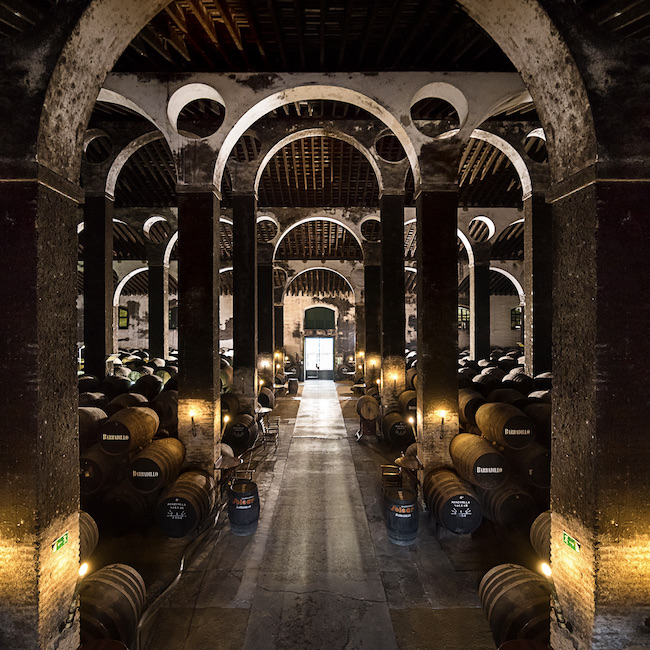.png.transform/rendition-xs/image_image%20(1).png)
Exploring Sherry - Spain’s Fortified Wines
If you’re familiar with DO Jerez-Xérès-Sherry and DO Manzanilla - Sanlúcar de Barrameda, then you’ll know the incredible range of fortified wines that Spain offers. Read on and delve into the world of Jerez de la Frontera. Which sherry will be your favorite?
A famous novelist once said that “the destiny of a thousand generations is concentrated in each drop” of sherry. If you know the Spanish Jerez-Xérès-Sherry and Manzanilla-Sanlúcar de Barrameda DO, then you’ll probably agree. If not, it’s time for you to get acquainted with the remarkable fortified wines Spain has to offer. Based in Jerez de la Frontera in Spain, the production of sherry normally starts with a dry base wine using the local Palomino grape variety. After fermentation, alcohol is added to the base wine which is then added into old barrels containing wines of diverse ages. This solera system way of blending the wines, allows for the unique sherry flavors to develop.
There are three key styles of dry sherry to consider - Fino, Amontillado and Oloroso. Firstly, the Fino style involves aging wine fortified to 15% proof under a layer of flor - a thick layer of yeast that forms on the surface and prevents oxidation. Fino sherry is usually a pale yellow color, with subtle apple and almond nuances, but you’ll instantly recognize the bread dough aromas that are derived from the flor.
Gambas al ajillo with Sherry
Similar in style to Fino is Manzanilla, made in Sanlúcar de Barrameda. Manzanilla sherry’s salty notes suggest its seaside provenance. It is typically straw-colored, with aromas of yeast and chamomile. Next up, and aged without flor, Oloroso is a sherry that is fortified to 17% proof and is deliberately oxidized, developing a rich dark caramel color. Oloroso has distinct aromas of dried fruit and even walnuts and caramel, that result from the oxidation.
Somewhere in between these two, Amontillado sherry first spends time ageing under flor before being fortified to 17%, which deactivates the yeasty layer, allowing some oxidation to occur before bottling. Amontillado is blessed with a double whammy of biscuit and bread dough notes, plus aromas from oxidation, such as walnuts and caramel.
Moving on to sherries of a sweeter nature, these are produced by sweetening dry wines - and are labelled accordingly. For example, Pale Cream is the term for a Fino that has been sweetened, whereas the Medium and Cream sherries describe either an Amontillado or Oloroso that has been blended with varying amounts of sweet sherry.

However, the PX variety is a different type of sherry altogether, using the Pedro Ximénez grape varietal first aged in the sun to increase its sugar content. This, combined with the solera system, creates a very dark sweet sherry with pronounced dried fruit aromas, usually raisins and figs, plus additional notes of vanilla and honey. With so many styles of sherry to choose from, which will be your favorite? The fun is in figuring it out by tasting your way through the range.

